As the sun rises over the pastures of Heifer Ranch Center for Regenerative Agriculture, Donna Kilpatrick can hear the sprightly staccato call of the Northern Bobwhite quail. Though once prevalent across North America, this speckled species of land fowl has faced habitat loss and steep population declines over the past 50 years. Their presence at Heifer Ranch, however, is a sign of hope.
In her position as Heifer USA director of regeneration, Donna is responsible for creating and implementing a system of livestock and land management tailored to the ecosystems of the Ranch, Heifer USA’s 1,200-acre farm in Perryville, Arkansas. Prioritizing regenerative agriculture, her responsibility is not only to the plants and animals intentionally raised at the Ranch, but the natural environment of the land and all the species within it.
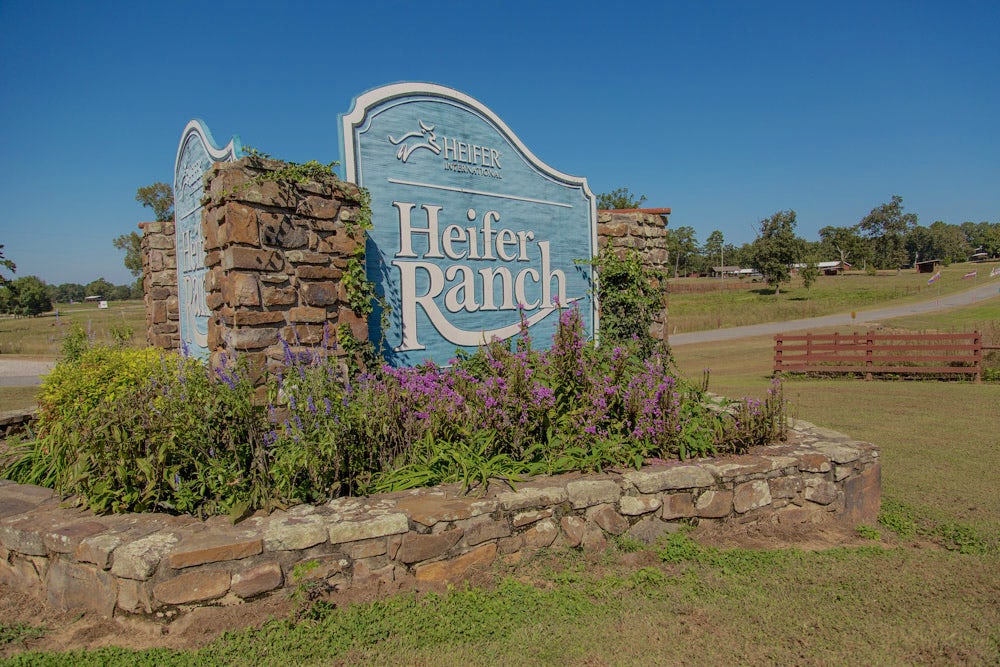
Since Heifer Ranch became a Savory Global Network Hub — a learning center certified to teach farmers, ranchers and pastoralists to regenerate grasslands according to the Savory Institute’s land management model — Donna has utilized a land management framework called holistic management to assess, understand and care for the Ranch's land.
The results are promising. As the pastures and animals of Heifer Ranch have flourished, two native species — the Northern Bobwhite quail and beavers — have prospered alongside them. Below, learn more about Donna’s land management model and how the return of these two important creatures contributes to the healthy, vibrant ecosystem she stewards.
In the late 20th century, American farmers began utilizing pesticides and herbicides to suppress pests and weeds, generating higher yields from row crops. As the insects and plants targeted by the chemicals began to disappear, the Northern Bobwhite quail’s food supply diminished to dangerously low levels.
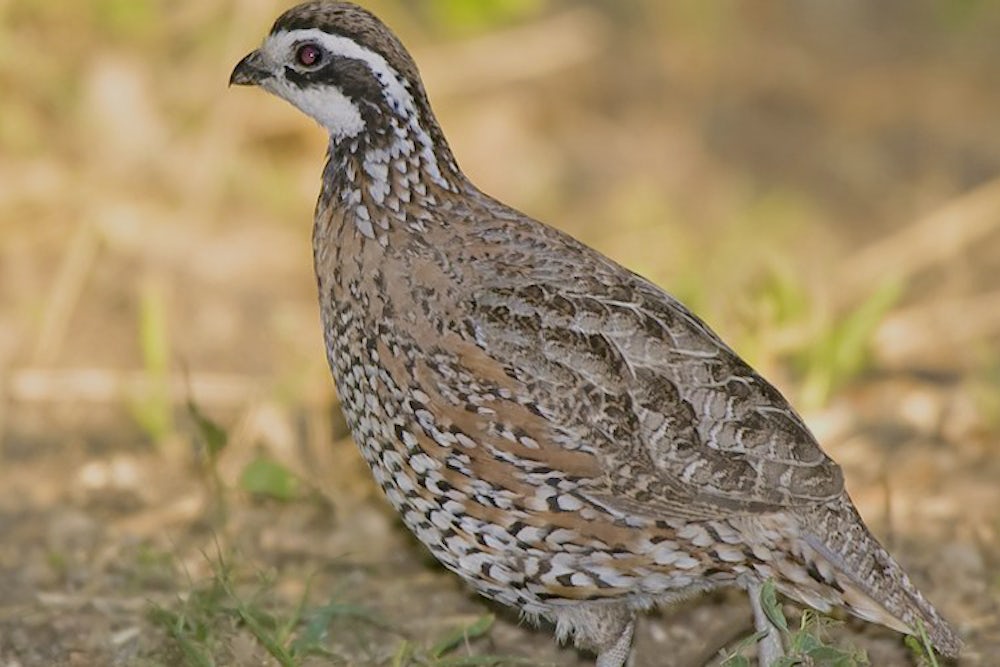
“Due to monocultures [and] due to industrial agriculture, Bobwhite quail populations in Arkansas and surrounding states have dropped by over 50%,” Donna explained. In addition to loss of food supplies, the birds have seen their habitats ravaged by harsh farming practices. “When you do row cropping and industrial agriculture, you’re basically destroying the habitats that allow quail to live,” she added.
At Heifer Ranch, however, regenerative agriculture provides a promising and proven alternative to the harmful habits of industrial farming. Rotational grazing — a practice in which livestock are moved daily to new pastures — offers fresh forage for Heifer Ranch’s herds of grass-fed cattle, pasture-raised sheep, forested pigs and pastured poultry, while allowing used pastures to rest and regenerate native grasses and plants.
As part of this process, Donna and Heifer USA’s livestock specialists meet each winter to craft an intricate, year-long grazing schedule to determine when and where to move the animals.
While building this massive document, known as a holistic planned grazing chart, Donna considers the team’s main objectives. “Our main goals are to raise super healthy animals [and] to restore our natural environment, really looking at ecosystem health,” she said.

In addition to the feed and forage requirements of the animals directly under her care, Donna contemplates the needs of species native to central Arkansas and the potential effects of agricultural processes. “Whenever we have the nesting season for Bobwhite quail, I want that on the grazing chart, so I don’t go in with a gigantic tractor and disturb their habitat.”
Along with cultivating native vegetation, farmers at Heifer Ranch plant diverse cover crops to prevent soil erosion and improve ecosystem resilience, which in turn grants shelter to the ground-nesting fowl.
As Donna and her fellow farmers endeavor to support the resurgence of the Northern Bobwhite quail, the birds have shown their gratitude by feasting on ecologically harmful armyworms and providing natural pest control. The benefits of regenerative practices at Heifer Ranch are becoming clearer each year, and Donna’s aim “to work with nature, rather than against it” continues to prompt new, exciting and occasionally surprising markers of ecological resilience.
Another of these markers is the increased numbers of beavers building dams along the banks of the Fourche La Fave River — which snakes through the 1,200-acre property — over the past four years. Though many landowners have historically viewed beavers as harmful, destructive pests, the nocturnal rodents are native to Arkansas and Donna sees their return as an indicator of a healthy, resilient ecosystem.
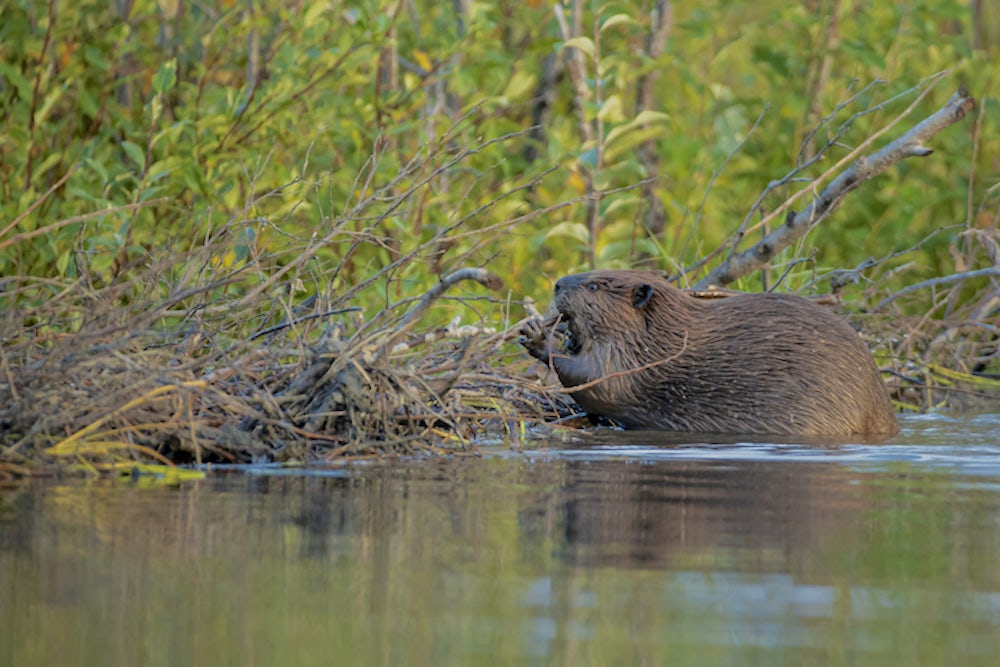
“If nature put them there, they’re there for a reason,” she said. “It’s all in balance, and if we get rid of the beavers, that has consequences downstream. No pun intended.”
In fact, recent studies hail beavers as “ecosystem engineers” for their ability to increase biodiversity and combat climate change. Though many people believe beaver colonies negatively impact ecosystems by felling trees, the dams they build out of foraged wood actually create habitats for numerous species of insects, fish and amphibians. Dams also provide homes and abundant food supplies for river-dwelling birds.
But perhaps the most significant impact of beaver dams at Heifer Ranch is increased water storage and absorption, which recently proved crucial in combatting severe flash flooding.
In February 2023, extreme rainfall caused the Fouche La Fave River to rise 5 feet above flood stage, inundating 600 acres across 12 pastures. The livestock team worked quickly and carefully to move livestock to higher ground, saving the lives of nearly 600 animals.
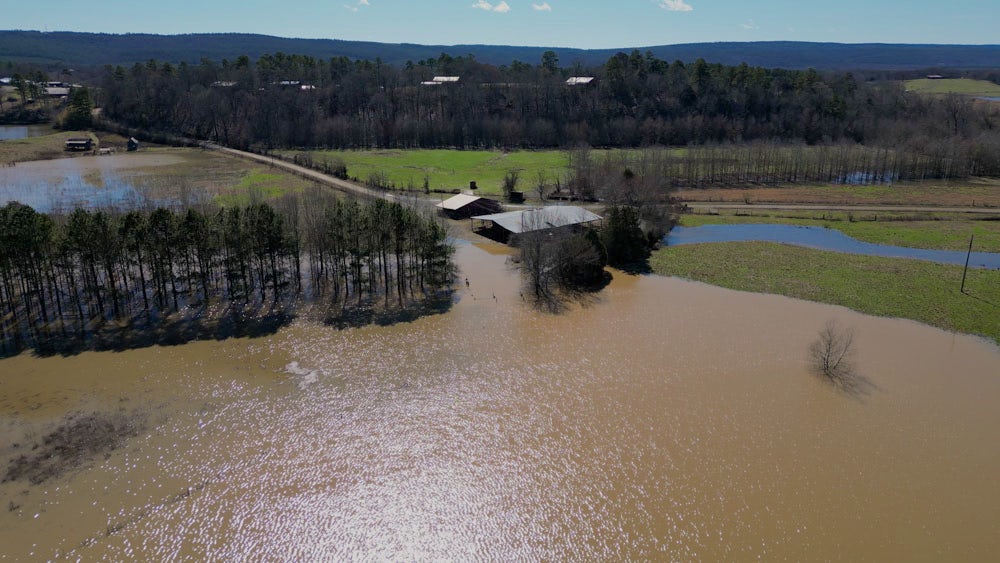
Despite the harm the deluge caused, Donna noted Heifer Ranch fared better than it did four years prior, when a flood left lush green pastures soggy, brown and degraded. Between beaver dams and increasingly absorbent soil, regenerative agriculture has equipped Heifer Ranch with a more resilient ecosystem.
As the Ranch recovers from the flood and livestock return to their pastures, Donna is hopeful the local beaver colony will continue making their homes at Heifer Ranch. “I think we’re going to see a lot of [dam] building,” she said. “They’ve been busy at work, and this is their habitat.”
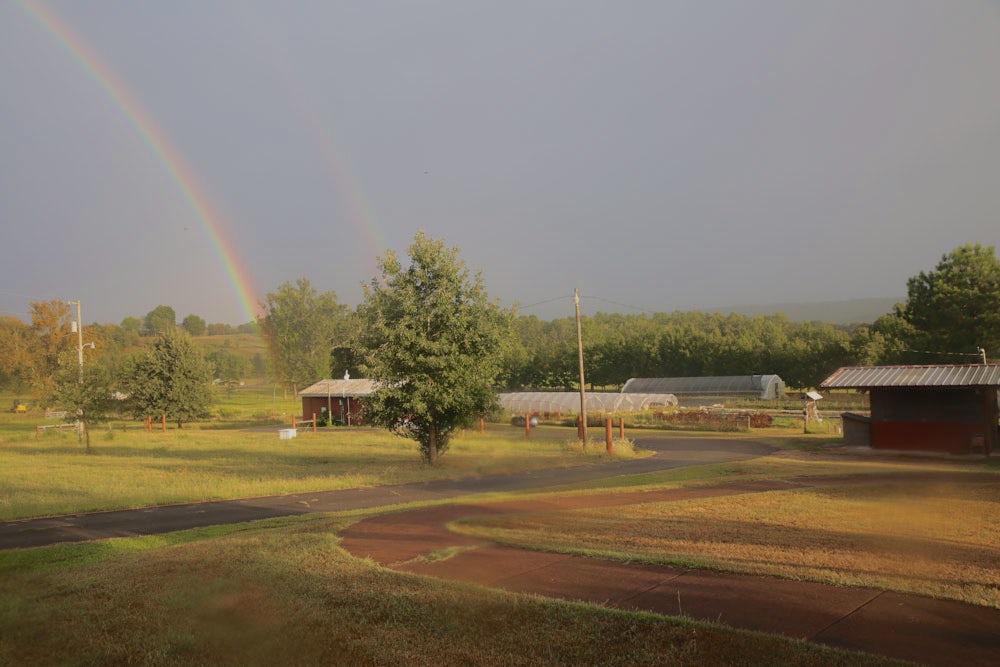
Since adopting regenerative agricultural models, Heifer Ranch has become home not just to livestock and the farmers who raise them, but also to beavers, Bobwhite quail and biodiversity that still stops Donna in her tracks.
“One day at the Ranch, right in the trees above us, a Bobwhite quail called out,” she recalled. “Then, an eagle flew over. It was amazing. All these are great signs of a healthy ecosystem. I was just waiting for a rainbow to come out.”
And, occasionally, Heifer Ranch is home to rainbows, too.